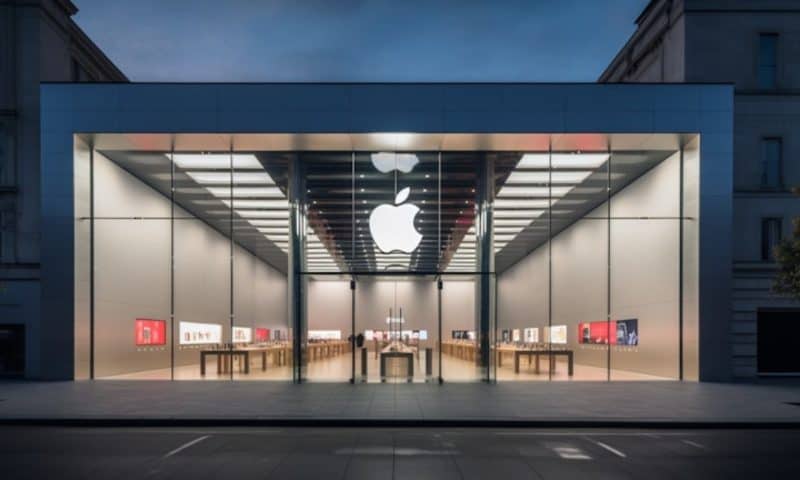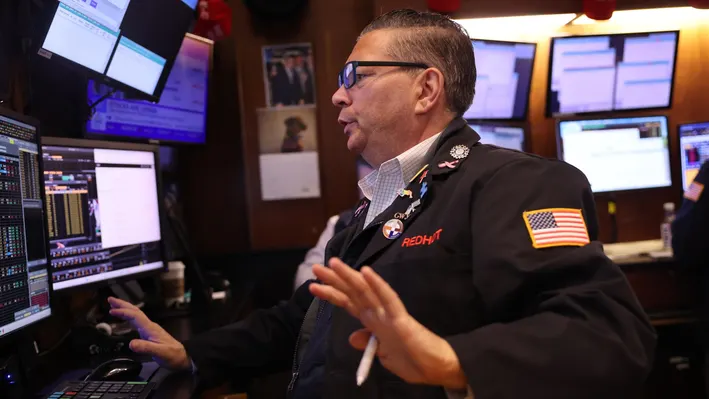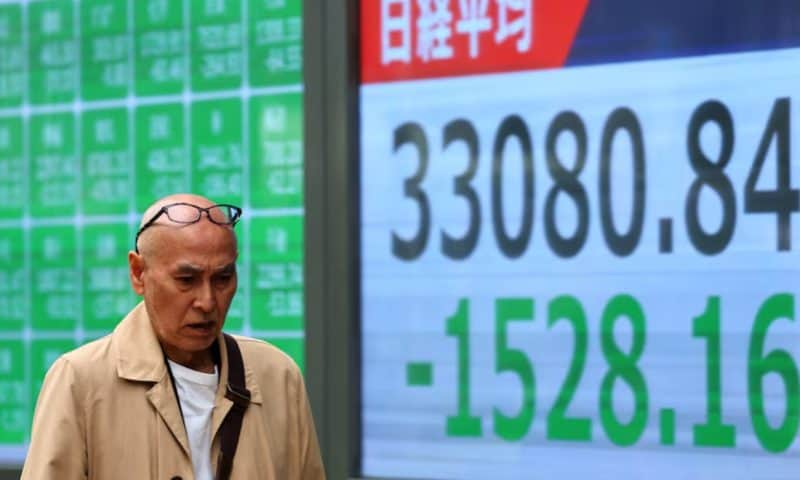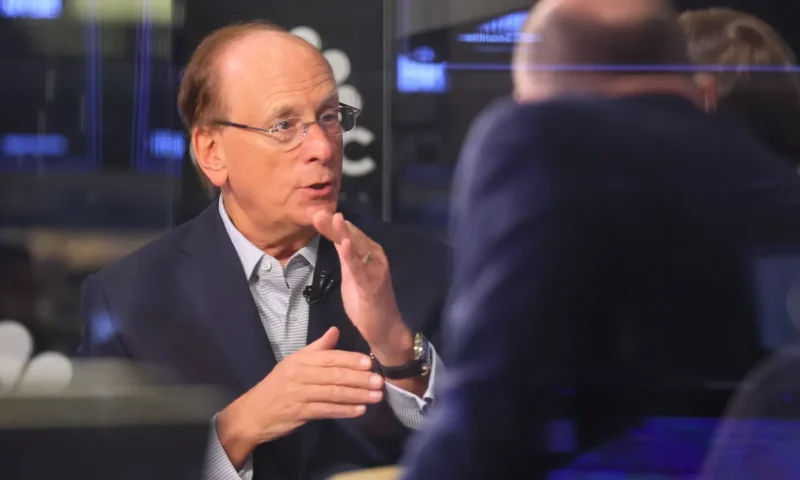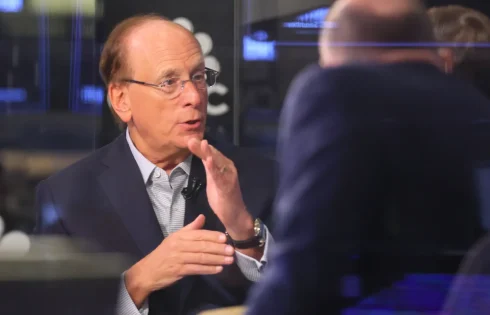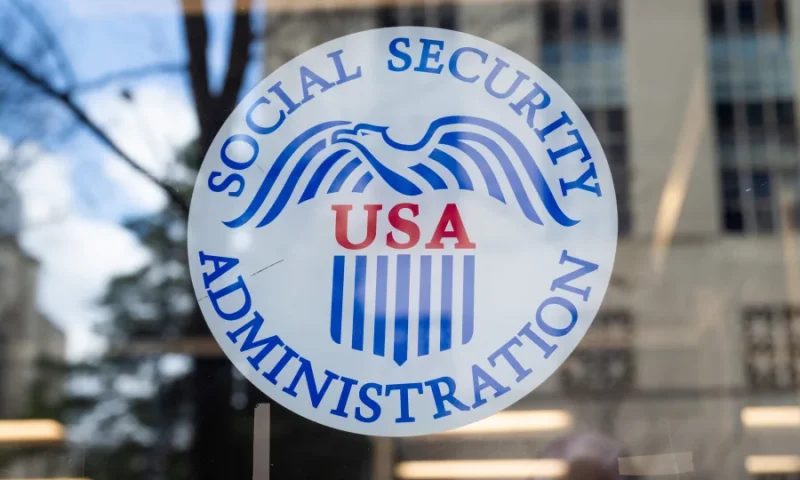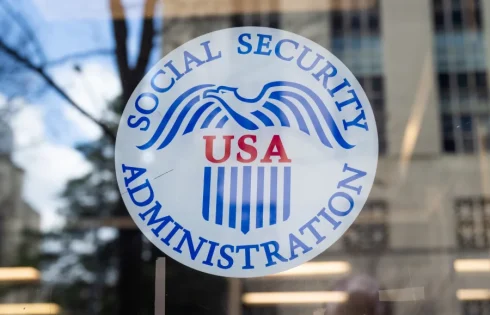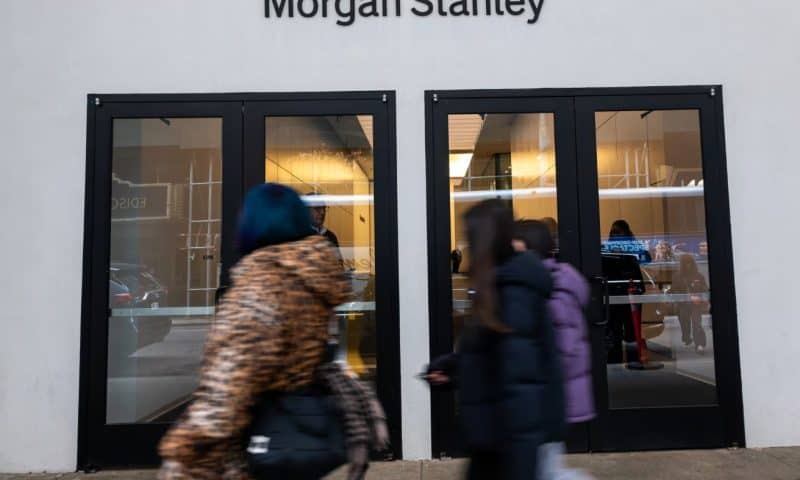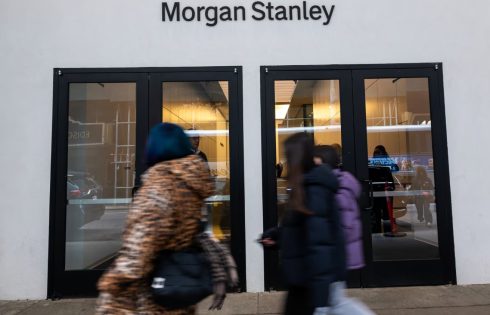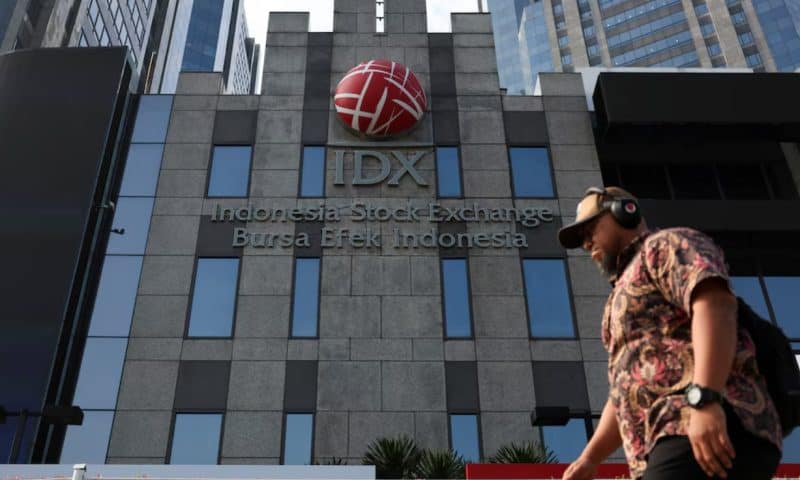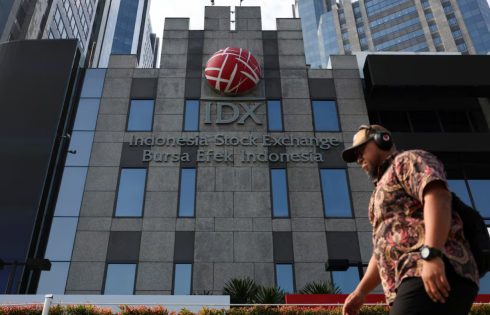Is Apple Inc. (NASDAQ:AAPL) the Best Tech Stock to Buy For Long-Term Investment?
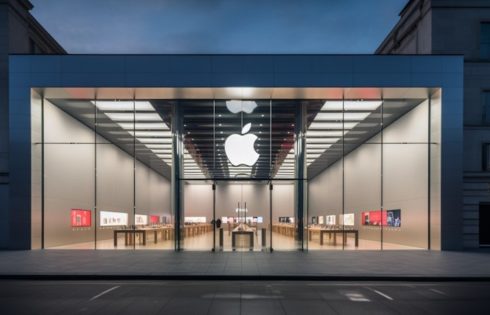
We recently published a list of 12 Best Tech Stocks to Buy For Long-Term Investment. In this article, we are going to take a look at where Apple Inc. (NASDAQ:AAPL) stands against other tech stocks to buy for long-term investment.
On April 1, Chris Verrone, chief market strategist at Strategas Research Partners, appeared on CNBC’s ‘Closing Bell’ to talk about his outlook on the tech sector. Verrone believes that most of the current market’s negative sentiment has already been factored into recent stock prices. He highlighted that even after the market’s decline, the VIX, and the currency and bond volatility are lower than they were during the mid-March stress period. Plus, fewer stocks are hitting new lows. He thinks that market lows are formed during periods of bad news, and the market will rally from its current level with an anticipated range of 5,900 to 5,950.
Verrone believes that the current downturn is more than a typical 10% correction so it will take some time to figure out the market’s true direction. He emphasized the importance of monitoring market breadth, new highs, and credit conditions in the upcoming weeks and months. He also acknowledged the shift in investor sentiment, with more bears than bulls. As the conversation touched on the impact of the Fed and politics in a market, Verrone stated that he pays more attention to what the 2-year Treasury yield tells him instead of listening to what Fed officials have to say. He noted that the 2-year yield’s decline from 3.83% to 3.85% suggests a shift in the market expectations for the Fed’s actions. He highlighted the resilience of financials during the correction and contrasted it with the weakness of tech. He thinks that, unlike financials that entered the correction as leaders, the tech sector might not be able to regain the leadership role.
While Verrone’s stance acknowledges the current weakness in tech, it’s important to note that the tech sector remains one of the more innovative markets in the long run. For instance, MAG7 continues to be a driving force for this market.
Our Methodology
We first sifted through financial media reports to compile a list of the top tech stocks that are being touted as long term investment plays. We then selected the 12 stocks that were the most popular among elite hedge funds and that analysts were bullish on. The stocks are ranked in ascending order of the number of hedge funds that have stakes in them, as of Q4 2024. The hedge fund data was sourced from Insider Monkey’s database which tracks the moves of over 900 elite money managers.
Why are we interested in the stocks that hedge funds pile into? The reason is simple: our research has shown that we can outperform the market by imitating the top stock picks of the best hedge funds. Our quarterly newsletter’s strategy selects 14 small-cap and large-cap stocks every quarter and has returned 373.4% since May 2014, beating its benchmark by 218 percentage points (see more details here).
A wide view of an Apple store, showing the range of products the company offers.
Apple Inc. (NASDAQ:AAPL)
Number of Hedge Fund Holders: 166
Apple Inc. (NASDAQ:AAPL) designs, manufactures, and markets smartphones, personal computers, tablets, wearables, and accessories. Its popular products include the iPhone, Mac, and iPad lines. It’s also known for its AirPods, Apple TV, Apple Watch, Beats products, and HomePod. The company provides AppleCare support and cloud services; and operates platforms like the App Store.
In the December quarter, the company’s Services segment made record revenue of $26.3 billion, which marked a 14% year-over-year increase. The company generated around $100 billion in services revenue in the past year. This growth was driven by an installed base of active devices which reached a record of more than 2.35 billion. The company has also seen all-time highs in transacting and paid accounts because of improved customer engagement. Notably, paid subscriptions have exceeded 1 billion.
The offerings in this segment include a range of categories, such as entertainment, productivity, and financial services. Apple TV+ is one instance, which attracts viewers through its original content. Another example includes the Find My services, which can help track luggage among other things. On March 25, UBS affirmed a Neutral rating on the company with a $236 price target.
The stock has been facing pressure due to the lack of an AI-driven iPhone upgrade cycle. However, Columbia Seligman Global Technology Fund is optimistic about the company due to iPhone 17’s AI potential. It stated the following regarding Apple Inc. (NASDAQ:AAPL) in its Q4 2024 investor letter:
“The fund maintained a position in Apple Inc. (NASDAQ:AAPL) throughout the quarter through the release of the company’s new iPhone 16 in September. Company leaders were excited about the release of the new model, as this is the first model that will feature enhanced AI capabilities through the Apple Intelligence features. Sales for the first few weeks in October and November trailed behind year over year sales from the iPhone 15, as availability of Apple Intelligence was not compatible with all iPhone models. Apple announced a partnership with OpenAI that has allowed the integration of ChatGPT into the Apple ecosystem, separate from the core Apple Intelligence features. This partnership highlights continued progress from Apple to introduce AI capabilities into its products and we expect the iPhone 17 to have even more expansive AI capabilities, increasing potential demand for the new model that is on track to be released in 2025.”
Overall, AAPL ranks 8th on our list of the best tech stocks to buy for long-term investment. While we acknowledge the growth potential of AAPL, our conviction lies in the belief that AI stocks hold great promise for delivering high returns and doing so within a shorter time frame. There is an AI stock that went up since the beginning of 2025, while popular AI stocks lost around 25%. If you are looking for an AI stock that is more promising than AAPL but that trades at less than 5 times its earnings, check out our report about the cheapest AI stock.

